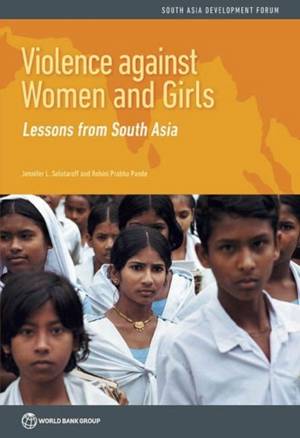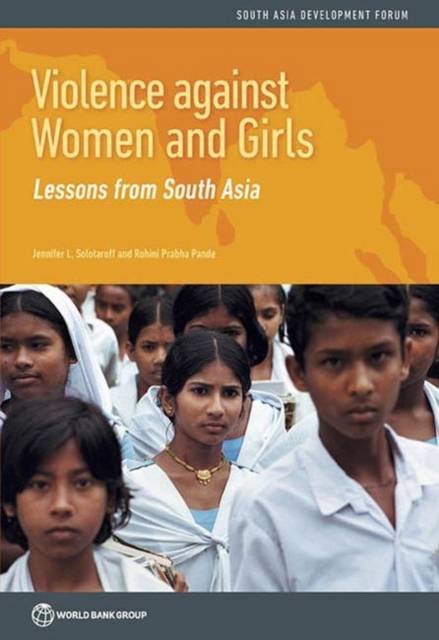
Je cadeautjes zeker op tijd in huis hebben voor de feestdagen? Kom langs in onze winkels en vind het perfecte geschenk!
- Afhalen na 1 uur in een winkel met voorraad
- Gratis thuislevering in België vanaf € 30
- Ruim aanbod met 7 miljoen producten
Je cadeautjes zeker op tijd in huis hebben voor de feestdagen? Kom langs in onze winkels en vind het perfecte geschenk!
- Afhalen na 1 uur in een winkel met voorraad
- Gratis thuislevering in België vanaf € 30
- Ruim aanbod met 7 miljoen producten
Zoeken
€ 32,45
+ 64 punten
Omschrijving
Violence against Women and Girls: Lessons from South Asia examines the prevalence and factors associated with various types of violence against women and girls in Afghanistan, Bangladesh, Bhutan, India, Maldives, Nepal, Pakistan, and Sri Lanka. It analyzes the nature of violence throughout the life cycle and highlights gaps where intensive research or interventions might be undertaken. Analyses of the most recent data reveal that South Asia has the world's highest levels of excess female child mortality and child marriage. The prevalence of intimate partner violence also remains unacceptably high, particularly for married adolescents. Reliable data are limited for other forms of violence. The number and intensity of efforts to address violence in the region are truly impressive and yield promising practices for future action. Important challenges remain, however--particularly the need for more rigorous evaluation and the urgency for actors to engage across forms of violence and to more systematically involve men and boys in addressing this violence. Different stakeholders have distinct roles to play if the region is to make progress in violence prevention and response, including increased funding of programs and evaluations. On the whole, strengthening the effectiveness, reach, and sustainability of interventions will involve multifaceted coordination across all actors on the ground. This book offers evidence-based recommendations for these actors and for coordination among them.
Specificaties
Betrokkenen
- Auteur(s):
- Uitgeverij:
Inhoud
- Aantal bladzijden:
- 240
- Taal:
- Engels
- Reeks:
Eigenschappen
- Productcode (EAN):
- 9781464801716
- Verschijningsdatum:
- 4/09/2014
- Uitvoering:
- Paperback
- Formaat:
- Trade paperback (VS)
- Afmetingen:
- 175 mm x 251 mm
- Gewicht:
- 680 g

Alleen bij Standaard Boekhandel
+ 64 punten op je klantenkaart van Standaard Boekhandel
Beoordelingen
We publiceren alleen reviews die voldoen aan de voorwaarden voor reviews. Bekijk onze voorwaarden voor reviews.









